I recently reached out to data professionals on LinkedIn to ask a series of questions about their work. Results from one of those polls revealed that 46% of data pros reported that they work more collaboratively with their colleagues now than before the COVID-19 pandemic. About a third of respondents indicated that they work less […]
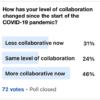

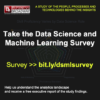
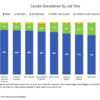
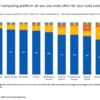
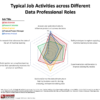
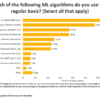

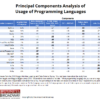

 Beyond the Ultimate Question
Beyond the Ultimate Question Measuring Customer Satisfaction and Loyalty (3rd Ed.)
Measuring Customer Satisfaction and Loyalty (3rd Ed.)